What does the LinkedIn 2025 algorithm update mean for owner-managed businesses?
LinkedIn has always been a key platform for businesses and individuals looking to build credibility, grow their network, and win new work. But if you're treating LinkedIn like a digital noticeboard for company updates, you're missing a trick, especially with the recent algorithm changes.
For owner-managed businesses, these updates present both a challenge and an opportunity. The challenge? Adapting to the new rules of visibility. The opportunity? Becoming a credible voice that attracts clients, talent and prospects, with content that keeps working long after it's published.
What’s changed?
Like all social platforms, LinkedIn continually refines its algorithm. But 2025’s updates are especially relevant for SMEs that rely on expert-led visibility and trust-based marketing.
One of the most noticeable changes is that posts are now sticking around longer. You may have seen content from a week or even two ago reappearing in your feed, and that’s not by accident. LinkedIn has moved away from a chronological feed. Instead, content is now promoted based on relevance to the viewer, ongoing engagement quality and reader intent and behaviour.
This means your posts can gain traction long after publication, which is an opportunity for businesses producing high-quality content.
Dwell time
If people pause to read, scroll through your carousel, or watch your video, that time is tracked. The longer they stay, the more valuable your content is considered.
Tip: Use storytelling, insightful copy, or video to hold attention.
Meaningful comments
Thoughtful conversation matters more than ever. One-word replies won’t help, but detailed comments (15+ words) and discussions will keep your content visible for longer.
Tip: Ask a question, invite opinions, or reflect on a shared industry challenge.
Re-engagement loops
Engagement doesn’t stop after an hour. Every time someone comments or shares, even days later, LinkedIn starts showing your post to new audiences, giving it a second life.
Tip: Check in on older posts, reply to comments, and keep the conversation going.
Evergreen relevance
If your content addresses a recurring challenge or common question, LinkedIn is more likely to resurface it when the topic is trending or timely.
Tip: Build a library of value-led, reusable content that answers real client questions.
Improved visibility for experts
LinkedIn now gives more reach to posts that show original thinking, practical advice, or real industry insights. If you consistently post about a particular topic, you’re more likely to be recognised as a subject-matter expert, with your content seen by a broader audience.
Tip: Don’t just repost news articles – share your view on trends, challenges and opportunities in your sector.
Less tolerance for clickbait
The days of “comment YES if you agree” have gone. LinkedIn is actively demoting posts that use engagement bait and instead promoting content that sparks real conversation and thoughtful comments.
Tip: Ask meaningful questions. Start debates. Share experiences that others can learn from.
Native content
Posts with outbound links are being deprioritised. Native (LinkedIn only) content such as text updates, image carousels, or videos, now perform far better. If you want to share a link, place it in the comments, not the main post.
Tip: Think like a content creator. Focus on content instead of using LinkedIn as a traffic driver to your website.
Video content
Video is one of the highest-performing content types under the 2025 algorithm. Why? Because video keeps people engaged longer, drives more dwell time, and allows for a more human, personal connection. Even short video updates from you or your team can outperform more polished graphics or blog snippets.
Tip: Use video to explain key topics, share behind-the-scenes updates, or reflect on industry news.
The best-performing businesses on LinkedIn right now are those that are aligning their LinkedIn posts with their growth themes (e.g., social value, ESG, client success, innovation), they empower their team to post regularly, and they use content to open doors and send direct messages.
Three things to do next
Create a LinkedIn plan
Every bid theme, service page or pitch deck you’ve created should have a LinkedIn version. If you’re talking about your carbon strategy in a tender, talk about it online too. If you’re winning new work, share the story behind the win.Make your team visible
Whether it’s you as a business owner, your sales team or operations manager, get them sharing insight. People trust people.Focus on impact, not impressions
You don’t need a huge following to see results. You need the right people engaging. A well-timed post that starts a conversation with a potential buyer or an associate can be more valuable than a viral post with no strategic relevance.
LinkedIn’s 2025 update is good news for businesses with something to say. It levels the playing field, favouring relevance, insight, and real conversation over budgets and broadcast messaging.
At Stephen Alexander, we help clients integrate LinkedIn into their marketing and BD plans, so their content isn’t just visible, it’s valuable. Speak to a member of the team to find out more.
